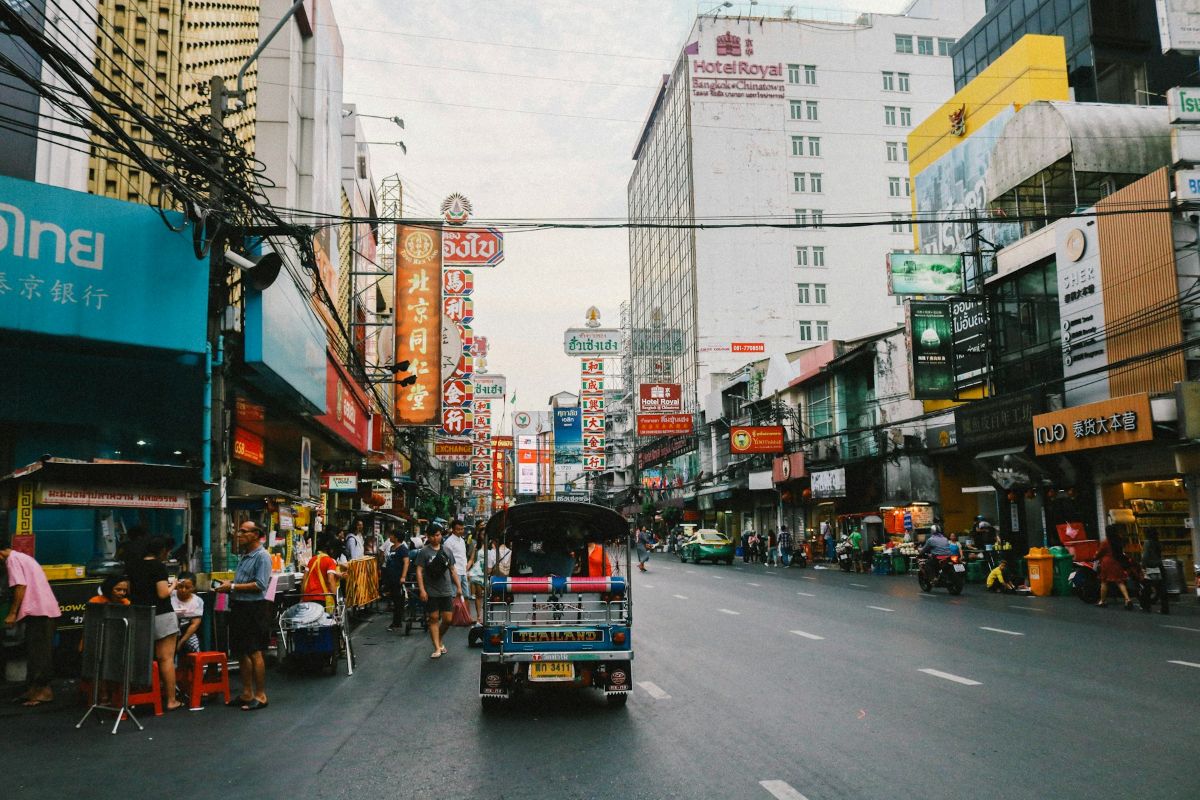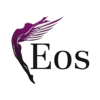Table of Contents
ToggleThailand has earned its nickname as the “Detroit of Asia” — and for good reason. As the largest automotive producer and exporter in Southeast Asia, and the 10th largest globally, Thailand plays a pivotal role in the region’s industrial landscape. With a well-established supply chain, government incentives, and strategic geographic positioning, the Kingdom has become a magnet for global automakers and a vital hub for automotive manufacturing and innovation.
Today, the Thailand automotive industry stands at a critical juncture, not just as a manufacturing base but as a platform for innovation, sustainability, and next-generation mobility. Its status as a regional leader did not happen overnight. The country’s rise has been marked by decades of investment, collaboration with multinational partners, and a relentless drive to stay ahead of technological and consumer trends. This long-term vision is what continues to separate Thailand from its regional competitors.
For companies looking to expand in Asia, Thailand offers a unique mix of stability, scalability, and sector-specific advantages. Its automotive ecosystem is a powerful case study in how consistent policy and private sector alignment can create sustainable industrial growth. Whether in traditional combustion engine vehicles or emerging electric vehicle (EV) technologies, Thailand’s position as a linchpin of Southeast Asia’s mobility future is undeniable.
Read our Thailand country guide
A Strong Foundation: Legacy and Leadership
The Thailand automotive industry’s journey began in earnest during the 1960s, when the country sought to industrialise and attract foreign investment. It wasn’t until the 1990s, however, that Thailand truly gained traction as a key regional manufacturing base. The arrival of Japanese automakers such as Toyota, Honda, Nissan, and Mitsubishi cemented the nation’s automotive credentials. These early investments laid the groundwork for a vertically integrated supply chain that continues to drive the sector today.
Over the years, Thailand has built one of the most robust automotive ecosystems in Asia. It currently hosts more than 1,800 automotive-related companies, including major global OEMs (Original Equipment Manufacturers) as well as Tier 1 and Tier 2 suppliers. This dense network creates not only efficiency in production but also a collaborative environment for innovation. Suppliers, assemblers, and logistics providers work in tight coordination, helping manufacturers achieve cost savings and speed to market.
Vehicle production volumes underscore the scale of the Thailand automotive industry. In 2023 alone, Thailand produced over 1.8 million vehicles, with more than half of that output destined for export. Major destinations include ASEAN neighbors, Australia, and the Middle East, showcasing the country’s international reach. Pickup trucks have emerged as a cornerstone of production, particularly popular in both domestic and export markets. Models like the Toyota Hilux and Ford Ranger are manufactured in Thailand and shipped across the world.
Thailand’s success story is not just about production numbers; it’s about reputation. The country has gained a global reputation for quality, reliability, and efficiency in automotive manufacturing. This legacy continues to attract new investment, even as global automakers adjust their strategies to meet the demands of a decarbonizing future.
Read more: The Automobile Industry in Japan: A Pillar of Innovation and Global Leadership
Why Thailand Is Called the Detroit of Asia
The nickname “Detroit of Asia” is more than just a catchy title—it reflects Thailand’s pivotal role in shaping the automotive landscape of the entire region. Just as Detroit was once the beating heart of American car manufacturing, Thailand has become the epicenter of automotive production in Southeast Asia. This comparison is rooted in the country’s scale of output, depth of its supply chain, and the density of automotive-related operations clustered around key industrial zones, particularly in and around Bangkok and the Eastern Economic Corridor (EEC).
The rise of Thailand as a global automotive hub mirrors many elements of Detroit’s own story. Both cities benefited from an influx of major manufacturers—in Thailand’s case, primarily Japanese giants like Toyota, Honda, Nissan, and Mitsubishi—who established assembly plants and brought with them networks of parts suppliers, engineers, and logistics providers. This created a thriving industrial ecosystem where vehicles could be designed, assembled, tested, and shipped — all within a single, integrated region.
Thailand’s role in the global automotive supply chain cannot be overstated. It has become one of the few countries outside the G7 capable of supporting full vehicle production at scale, with facilities that meet the quality, safety, and environmental standards demanded by global markets. Its production volumes, which routinely exceed 1.5 million units per year, dwarf those of its regional peers. This output not only feeds domestic demand but supplies entire international markets, cementing its reputation as a manufacturing powerhouse.
Government Support and Strategic Policy
Public policy has played a central role in Thailand’s automotive ascendancy. The Thai government, through agencies such as the Board of Investment (BOI), has consistently crafted policies to attract foreign direct investment while nurturing domestic capabilities. From generous tax incentives to streamlined regulations, the investment environment is designed to encourage long-term commitment by automakers and component suppliers alike.
One of the most successful policy frameworks to date has been the Eco Car Program. Launched in 2007, this initiative aimed to attract investment in compact, fuel-efficient vehicles that meet strict environmental and safety standards. The program offered tax breaks and other incentives for manufacturers willing to produce these models in Thailand. It succeeded in drawing in global players and significantly boosted Thailand’s exports of small vehicles across Southeast Asia and beyond.
As global trends shift toward cleaner transportation, the Thai government has not hesitated to adapt its policy framework. It has now pivoted its focus to electric mobility through an ambitious Electric Vehicle (EV) Roadmap. The roadmap aims to position Thailand as the regional hub for EV manufacturing, with a bold target that 30% of all auto production will be electric by 2030. This 30@30 policy is already reshaping the production landscape and redefining investor priorities.
Free trade agreements (FTAs) have also amplified Thailand’s attractiveness. With preferential access to key markets including ASEAN, China, and Australia, Thailand-based manufacturers benefit from lower tariff barriers and broader market reach. This trade connectivity is crucial for automotive companies looking to establish efficient supply chains and export operations from a single regional base.
Read more: Thailand Energy Sector: A Nation on the Path to a Greener Future
Electrifying the Future
As the global automotive industry pivots toward electrification, Thailand is not just following the trend: it is actively leading it in the ASEAN region. The shift to electric vehicles isn’t just a technological upgrade; it’s a fundamental transformation of the entire automotive value chain. From battery production to charging infrastructure and digital mobility services, the Thailand automotive industry is being re-engineered for a new era.
Chinese automakers have taken a keen interest in Thailand’s EV ambitions. Companies like BYD and Great Wall Motor have made sizable investments in the country, setting up EV production facilities and launching new showrooms. Their entry has injected new competition into the local market and accelerated the development of a broader EV ecosystem. The strategic intent is clear: use Thailand as a springboard for both domestic sales and ASEAN-wide exports.
In parallel, traditional automotive giants are doubling down on their EV commitments. Toyota, Honda, Nissan, and Mitsubishi have all announced plans to ramp up hybrid and full battery-electric vehicle production within the Kingdom. These developments mark a significant pivot, as legacy players begin to align with government policies and consumer demand for sustainable mobility options.
The government has responded with a mix of supply- and demand-side incentives. Manufacturers enjoy tax breaks, grants, and subsidies for investing in EV production. On the consumer side, subsidies are provided to reduce the cost of EV purchases, helping to stimulate early adoption. Charging infrastructure is also being expanded in urban centres and along major highways, ensuring that consumers have confidence in the practicality of owning an EV.
The EV transition is not just about vehicles—it’s about workforce transformation, supply chain reconfiguration, and environmental sustainability. Thailand’s commitment to this transition ensures that it will remain at the forefront of automotive innovation in Southeast Asia, rather than falling behind as the world moves away from internal combustion engines.
Thailand Automotive Industry: Challenges and the Road Ahead
Despite its impressive track record, the Thailand automotive industry is not without its challenges. Like much of the global manufacturing sector, it has faced supply chain disruptions stemming from the COVID-19 pandemic, semiconductor shortages, and geopolitical instability. These issues have exposed vulnerabilities in sourcing critical components and maintaining uninterrupted production.
There is also the matter of growing regional competition. Countries such as Indonesia and Vietnam are aggressively courting automotive investment, especially in the electric vehicle segment. Both nations have rolled out competitive incentive packages and are building their own domestic markets. This regional rivalry means that Thailand must continue to innovate and streamline its policies to maintain its leadership position.
Perhaps one of the most pressing challenges is the need to upskill the existing workforce. EV manufacturing requires a different set of technical competencies than traditional vehicle production. From battery assembly to software integration and power electronics, the transition demands a comprehensive overhaul of training programs and educational partnerships. Without a qualified labour pool, even the best policy initiatives will struggle to succeed.
Environmental regulations and global decarbonization targets are adding further pressure. Automakers must navigate stricter emissions standards, which will require continued investment in clean technologies and smarter manufacturing practices. Thailand’s ability to offer a regulatory environment that supports this evolution—without stifling innovation—will be key to future competitiveness.
Nevertheless, the Thailand automotive industry is well-positioned to weather these challenges. Its mature infrastructure, deep experience in manufacturing, and strong government support form a solid foundation for future growth. While the path forward is not without obstacles, Thailand is equipped to navigate them with confidence.
Thailand Automotive Industry: Conclusion
The Thailand automotive industry is at a transformative moment in its history. From a manufacturing powerhouse of traditional vehicles to an emerging hub for electric mobility, the country is demonstrating that adaptability and foresight are its greatest assets. It is not content to merely defend its regional leadership—it is actively reshaping the mobility landscape of Southeast Asia.
With the right mix of policy, infrastructure, and investment, Thailand is not just riding the global wave of electrification—it is steering it. Automakers, investors, and innovators are taking note. The next decade will determine whether Thailand can fully realise its EV ambitions, and all signs suggest that it is on the right track.
At Eos Global Expansion, we help international companies navigate this exciting and evolving landscape. With over 15 years of experience in the Asian market, including deep expertise in the automotive and manufacturing sectors, we can help you hire, expand, and operate in Thailand with confidence.
Start Expanding in Thailand with Confidence. With our over 15 years of experience in the Asian market, we’re sure to help you out. Check our full-range of EOR services here or book a free consultation now.






